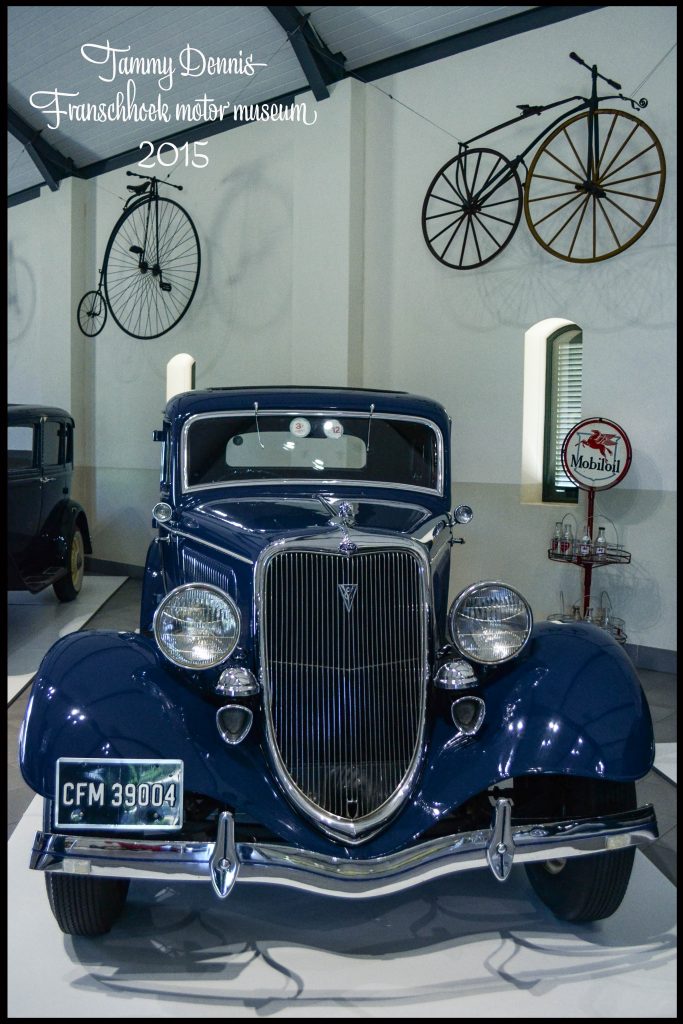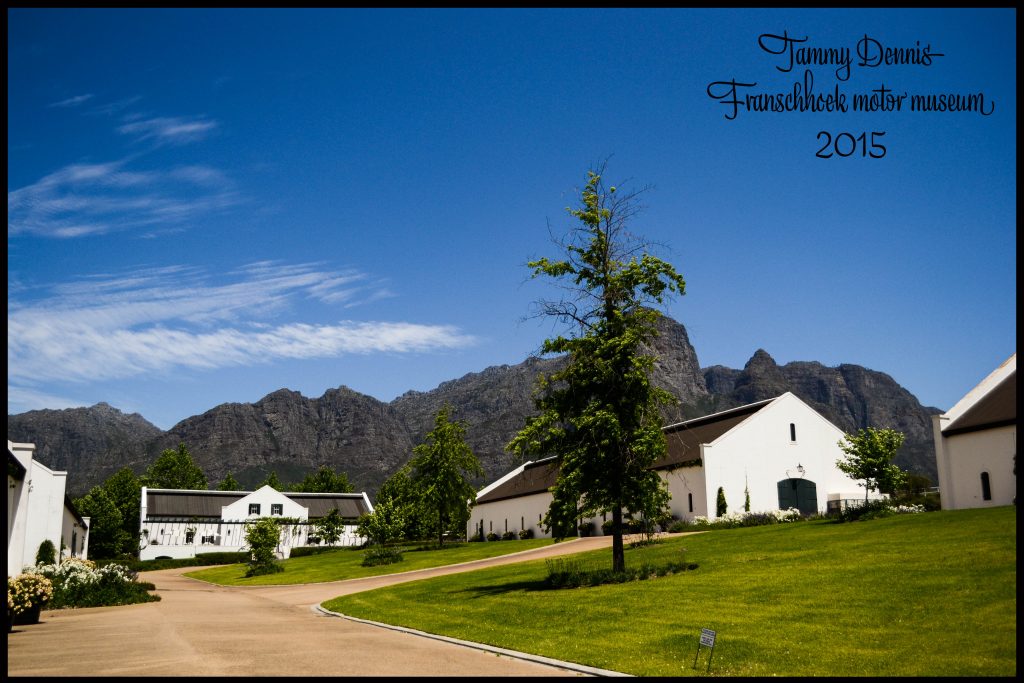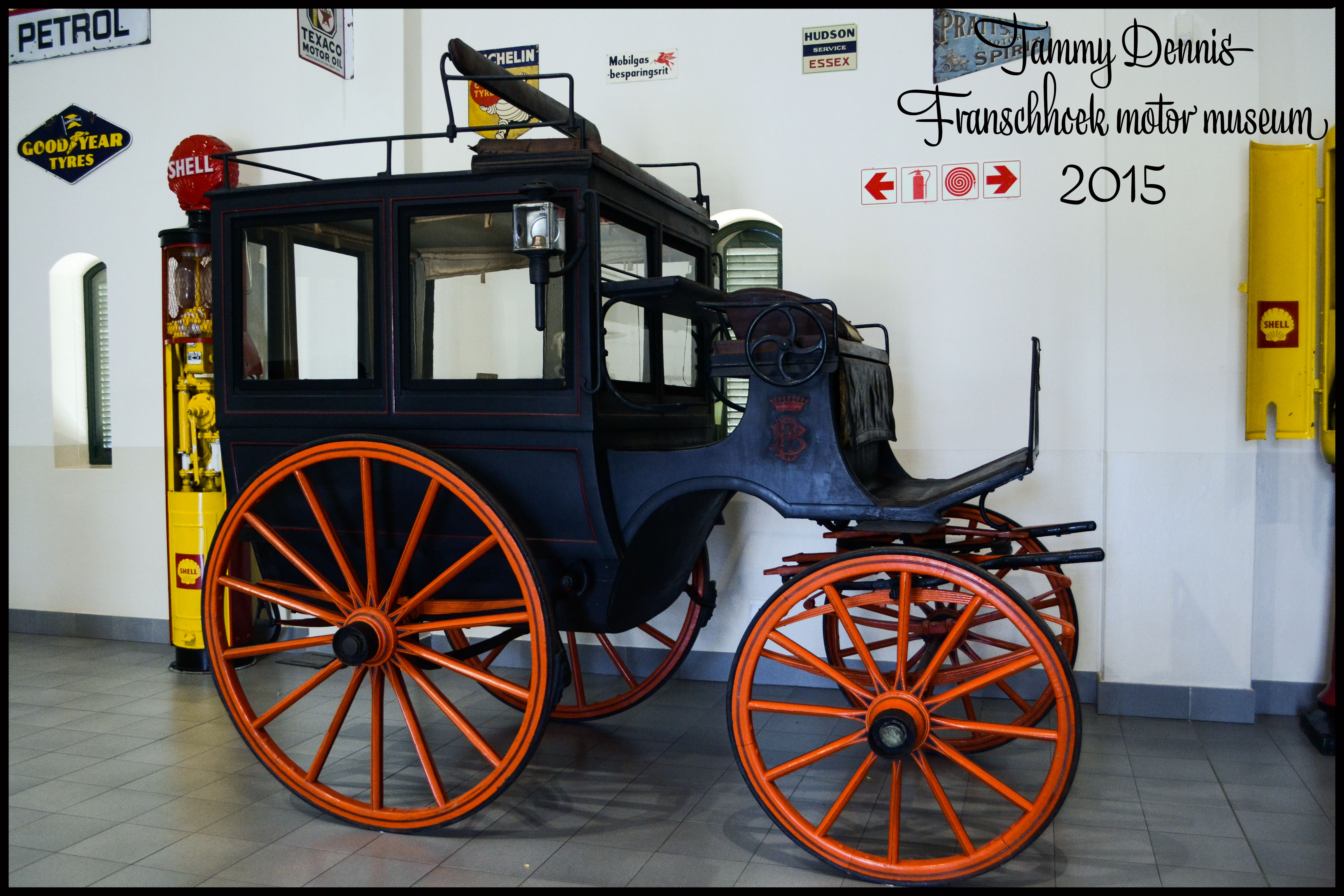Transport has been an everyday necessity from the time we started to walk. Traveling by foot from Europe to South Africa would be almost impossible until other means of transport were developed. From the early ages of domesticating horses, camels and building of boats as far back as 4000 BC, the first record of the wheel being 3500 BC, no one could have foreseen what was to come.
In the 19th century steam reinvented the wheel as we knew it, from using manual energy to active motion of air and water. Steam was old news but new in making things move with ease leading to the industrial revolution. With this jump in technology everything seems possible today, with time travel in movies becoming almost possible to imagine considering how far technology has evolved in the last 100 years.
All I can ever picture when people take technology for granted is how the older generations struggle to take in all the new features, and I wonder what our early ancestors, the caveman, would say. Even with one of the older more famous Nokia 3310 never mind our smartphones today that quickly go out of date. Phones are newer and stand out to us, cars seem to often take the back seat when we think about how technology progressed.
 I am not one for cars and can’t tell the difference between brands, or the importance of all the fancy measurements of horsepower and gears. I appreciate the fact it gets me from A to B with all my luggage without having to walk thousands of kilometers. Visiting Franschhoek motor museum was fascinating to me even with very little interest in cars, because it showed how ingenuitive we are as a species.
I am not one for cars and can’t tell the difference between brands, or the importance of all the fancy measurements of horsepower and gears. I appreciate the fact it gets me from A to B with all my luggage without having to walk thousands of kilometers. Visiting Franschhoek motor museum was fascinating to me even with very little interest in cars, because it showed how ingenuitive we are as a species.
The motor museum is located on L’Ormarins Wine Estate in the Drakenstein Valley just outside Franschhoek, less than 1 hour drive from Cape Town, or if you’re in the vicinity of Stellenbosch less than 30 minutes. It’s a very leisurely activity, where you walk around 4 large show rooms consisting of all sorts of cars, ranging from first family car all the way past the posh cars to a few racing cars, adding a few bicycles to the mix as well. Interestingly there are over 300 vehicles in the grand collection, 80 of them are kept in the showrooms being displayed to visitor changing every 3 months. This dynasty belongs to Johann Rupert, who has collected these cars over many years, the oldest being a 1898 Beeston motorised tricycle.
It does show huge hope for the future, seeing how much we have accomplished in a relatively short time just to make getting from A to B easier for ourselves. With global warming and pollution being a huge element in today’s reasons why things need to change for the survival of our species, no one will ever guess what amazing things hold in store for us in the next 100 years.







